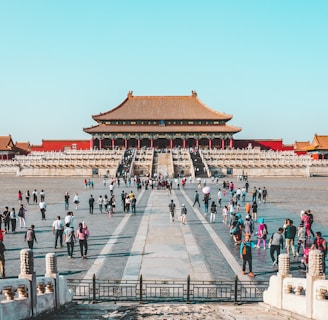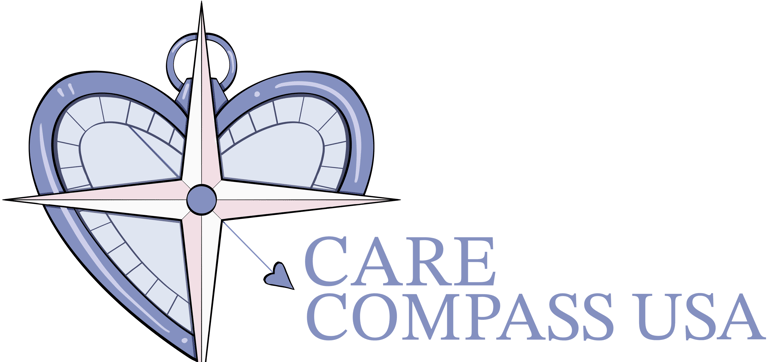







The US healthcare system, despite being the most expensive in the world, underperforms when compared to other high-income countries on key metrics such as quality, efficiency, and equity. To explore this disparity, our team conducted a study on the healthcare systems of several Asian countries, including Japan, Taiwan, and China. The research focused on various factors such as cost, funding, access to care, performance, and health outcomes in these nations.
Japan


System Model
National Health Insurance (NHI): A single-payer, social health insurance system also funded through mandatory payroll-based premiums and taxes.
Taiwan
China
United States
System Model
Mixed Public-Private: Basic public insurance with varying benefit levels across programs and regions. Complemented by private insurance and high out-of-pocket spending.
System Model
Mixed System: A patchwork of private, employment-based insurance; public programs like Medicare and Medicaid; and out-of-pocket payments.
Coverage
Universal and mandatory for all permanent residents. Covers 98.3% of the population, with the remainder covered by a public assistance program.
Coverage
Universal and mandatory coverage for over 99% of citizens and legal residents.
Coverage
Near-universal coverage (over 95%) through a few different public insurance programs, but with significant variations in coverage levels.
Coverage
Roughly 8% of the population remains uninsured, while many more are underinsured.
Financing
Primarily funded by mandatory contributions split between employers and employees, supplemented by taxes. Premiums are income-based.
Financing
Funded by premiums from employees, employers, and the government, plus taxes on non-payroll income.
Financing
Combination of government subsidies, employee and employer payroll taxes, and substantial out-of-pocket payments.
Financing
Funded through employer and individual premium payments, government taxes for public programs, and user fees.
Cost Control
The NHIA sets a global budget for different sectors of care and uses a fee-for-service payment system.
Cost Control
The government negotiates drug and service prices. Hospital pricing is set by local authorities, with a move toward diagnosis-related group (DRG) payments.
Cost Control
Largely unregulated. Prices are set through negotiations between private insurers and providers.
Cost Control
The government sets a uniform national fee schedule for all medical services and drugs, negotiating prices every two years
Access
High access with no gatekeeping. Patients can visit any clinic or hospital.
Access
High access with no gatekeeping. Patients can see any specialist without a referral.
Access
High access in urban areas, but long wait times for higher-tier hospitals due to a lack of effective gatekeeping in the system. Rural access is significantly more limited.
Access
Varies widely by insurance plan. Access is restricted for many, leading to longer waits.
Affordability
Low out-of-pocket costs. Co-payments are capped annually.
Affordability
out-of-pocket costs. Nominal co-payments and co-insurance are capped for catastrophic illnesses.
Affordability
High out-of-pocket costs, especially for serious or chronic illnesses, despite widespread public insurance.
Affordability
High out-of-pocket costs. High deductibles and premiums are common.
Cost as % GDP
Low. 10.9% in 2021.
Cost as % GDP
Low. 6.1% in 2017.
Cost as % GDP
Growing, but still low compared to the U.S. Reached 7.05% in 2022.
Cost as % GDP
High. The highest of any high-income country, at nearly 17% in 2021.
Health Outcome
Excellent. High life expectancy- 84 years (2016).
Health Outcome
Excellent. High life expectancy-
>80 years.
Health Outcome
Improving, but still lags behind Japan and Taiwan, and urban-rural disparities exist. Life expectancy, reaching 78.2 in 2022.
Health Outcome
Poor. Compared to other high-income countries. - 77.5 years (2022).
Healthcare System Ranking
Highly Ranked overall, though recent innovation indices show fiscal strain due to aging population.
Healthcare System Ranking
Ranked #1 by CEOWORLD magazine in 2021, and #15 in a 2024 innovation index.
Healthcare System Ranking
Ranked #5 by CEOWORLD magazine in 2025, reflecting major progress.
Healthcare System Ranking
Lower-ranked overall due to high costs and unequal access, but with high innovation.
Comparison of Healthcare Systems
System Model
Statutory Health Insurance System (SHIS): A social insurance model funded by mandatory taxes and premiums
